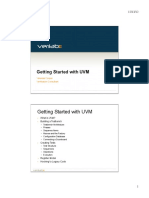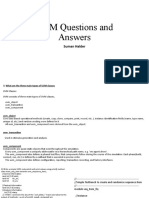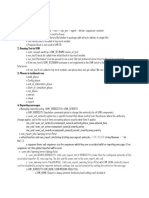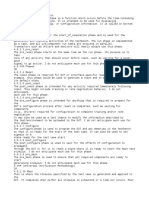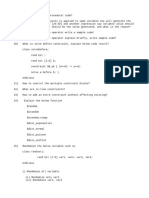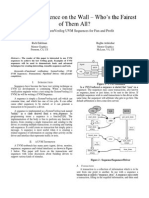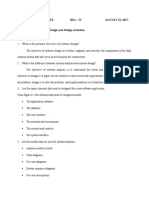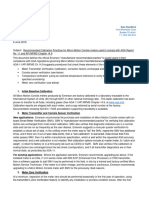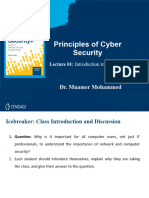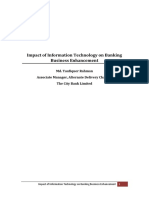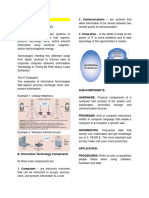UVM Snippets
1) UVM Sequence Item (Transaction Class):
class my_transaction extends uvm_sequence_item;
rand bit [7:0] data;
`uvm_object_utils(my_transaction)
function new(string name = "my_transaction");
super.new(name);
endfunction
endclass
Explanation:
Defines a transaction (or sequence item).
Registered with factory using uvm_object_utils for reuse and randomization.
2) UVM Sequence:
class my_sequence extends uvm_sequence #(my_transaction);
`uvm_object_utils(my_sequence)
function new(string name = "my_sequence");
super.new(name);
endfunction
task body();
my_transaction tx = my_transaction::type_id::create("tx");
start_item(tx);
assert(tx.randomize());
finish_item(tx);
endtask
endclass
Explanation:
Controls how transactions are created and sent to the driver.
The body task defines the sequence flow.
3) UVM Driver:
class my_driver extends uvm_driver #(my_transaction);
`uvm_component_utils(my_driver)
function new(string name, uvm_component parent);
super.new(name, parent);
endfunction
task run_phase(uvm_phase phase);
forever begin
my_transaction tx;
seq_item_port.get_next_item(tx);
$display("DRIVER: Received tx with data = %0d", tx.data);
seq_item_port.item_done();
end
endtask
endclass
� Explanation:
Controls how transactions are created and sent to the driver.
The body task defines the sequence flow.
4) UVM Monitor:
class my_monitor extends uvm_monitor;
`uvm_component_utils(my_monitor)
function new(string name, uvm_component parent);
super.new(name, parent);
endfunction
task run_phase(uvm_phase phase);
forever begin
$display("MONITOR: Observing behavior...");
#10;
end
endtask
endclass
Explanation:
- Passively samples DUT signals for coverage or checking.
Used for scoreboard or functional coverage.
5) UVM Environment:
class my_env extends uvm_env;
my_driver drv;
my_monitor mon;
`uvm_component_utils(my_env)
function new(string name, uvm_component parent);
super.new(name, parent);
endfunction
function void build_phase(uvm_phase phase);
super.build_phase(phase);
drv = my_driver::type_id::create("drv", this);
mon = my_monitor::type_id::create("mon", this);
endfunction
endclass
Explanation:
Instantiates components like driver and monitor.
Acts as a container in the verification environment.
�6) UVM Test:
class my_test extends uvm_test;
`uvm_component_utils(my_test)
my_env env;
my_sequence seq;
function new(string name, uvm_component parent);
super.new(name, parent);
endfunction
function void build_phase(uvm_phase phase);
super.build_phase(phase);
env = my_env::type_id::create("env", this);
endfunction
task run_phase(uvm_phase phase);
phase.raise_objection(this);
seq = my_sequence::type_id::create("seq");
seq.start(env.drv.seq_item_port);
phase.drop_objection(this);
endtask
endclass
Explanation:
Top-level block that connects everything.
It starts the sequence and manages simulation flow.
7) UVM Scoreboard:
class my_scoreboard extends uvm_scoreboard;
`uvm_component_utils(my_scoreboard)
function new(string name, uvm_component parent);
super.new(name, parent);
endfunction
task run_phase(uvm_phase phase);
forever begin
$display("SCOREBOARD: Checking results...");
#20;
end
endtask
endclass
Explanation:
Performs output checking or result comparison.
Used for checking DUT behavior against golden models.
�8) UVM Agent:
class my_agent extends uvm_agent;
`uvm_component_utils(my_agent)
my_driver drv;
my_monitor mon;
function new(string name, uvm_component parent);
super.new(name, parent);
endfunction
function void build_phase(uvm_phase phase);
super.build_phase(phase);
drv = my_driver::type_id::create("drv", this);
mon = my_monitor::type_id::create("mon", this);
endfunction
endclass
Explanation:
Wraps sequencer, driver, and monitor into one unit.
Can be active (drives DUT) or passive (just monitors).




















